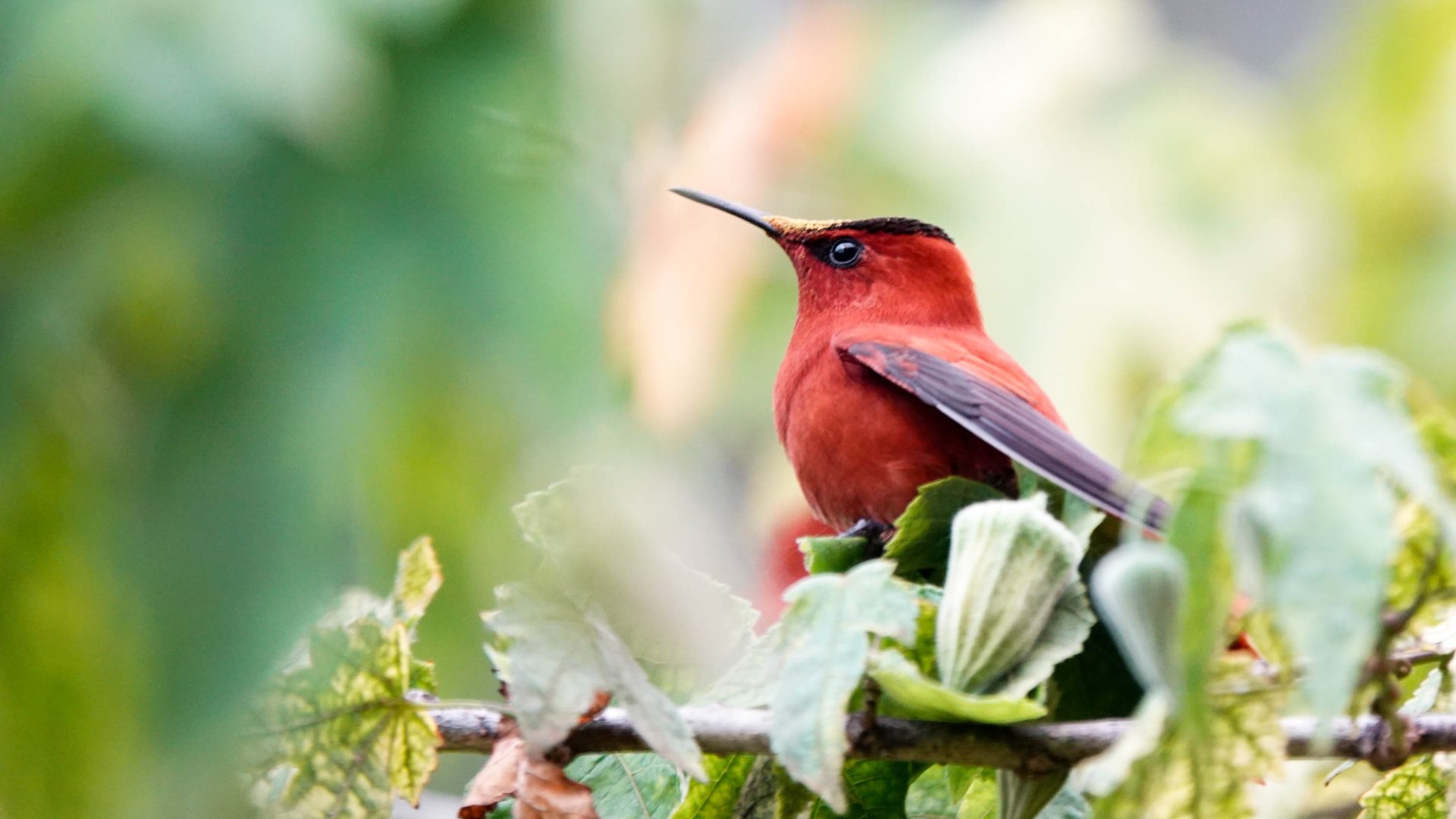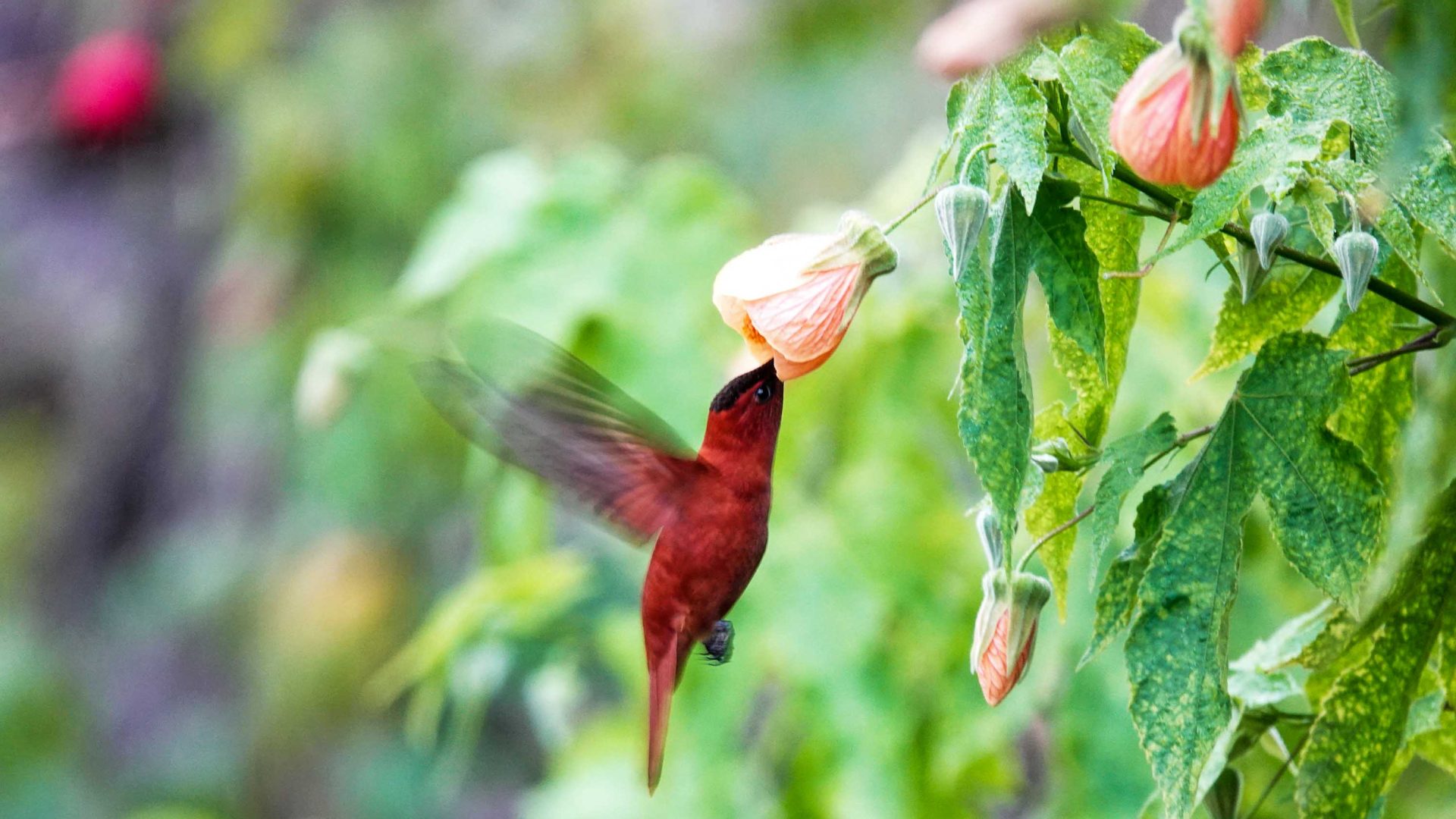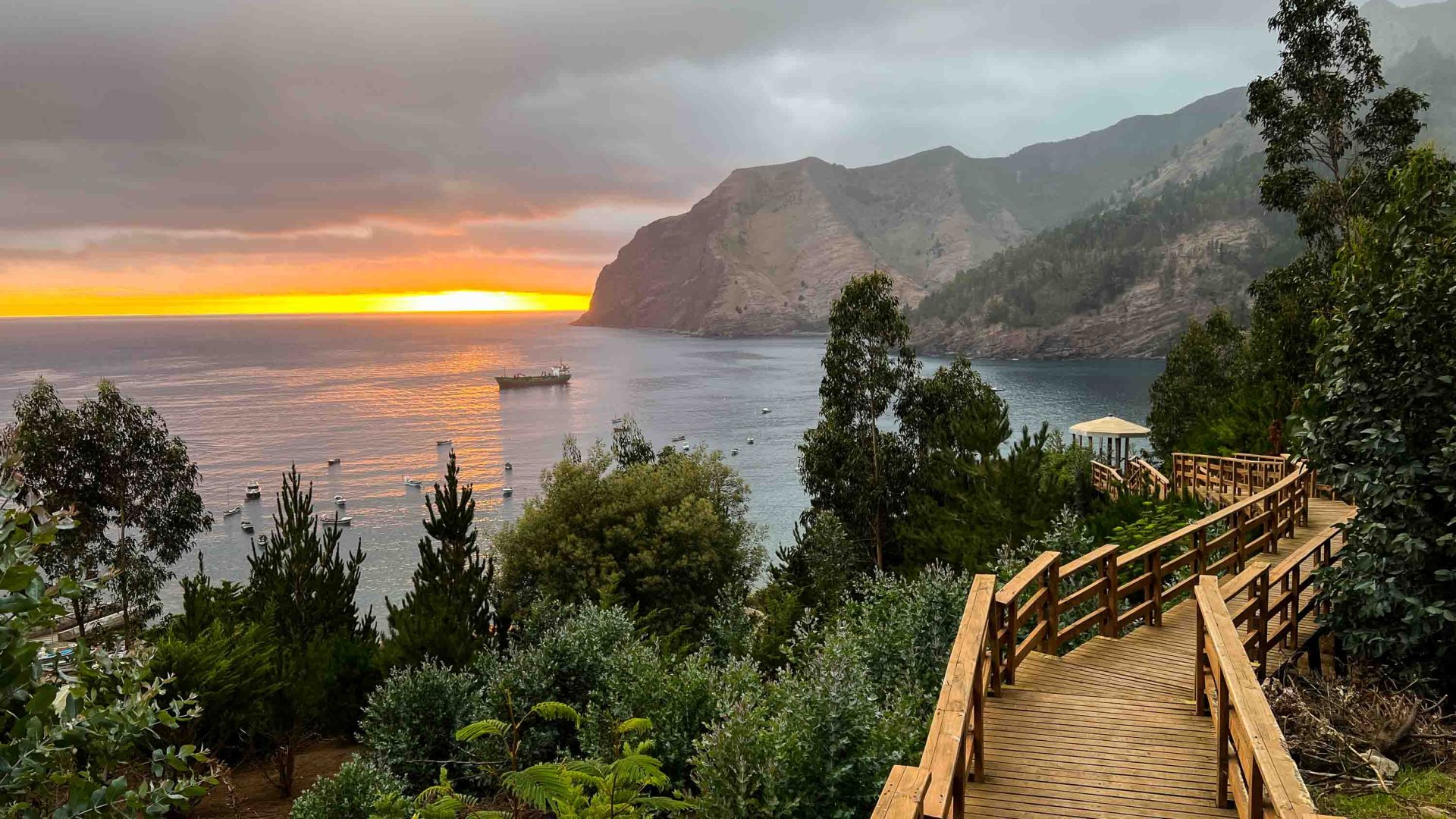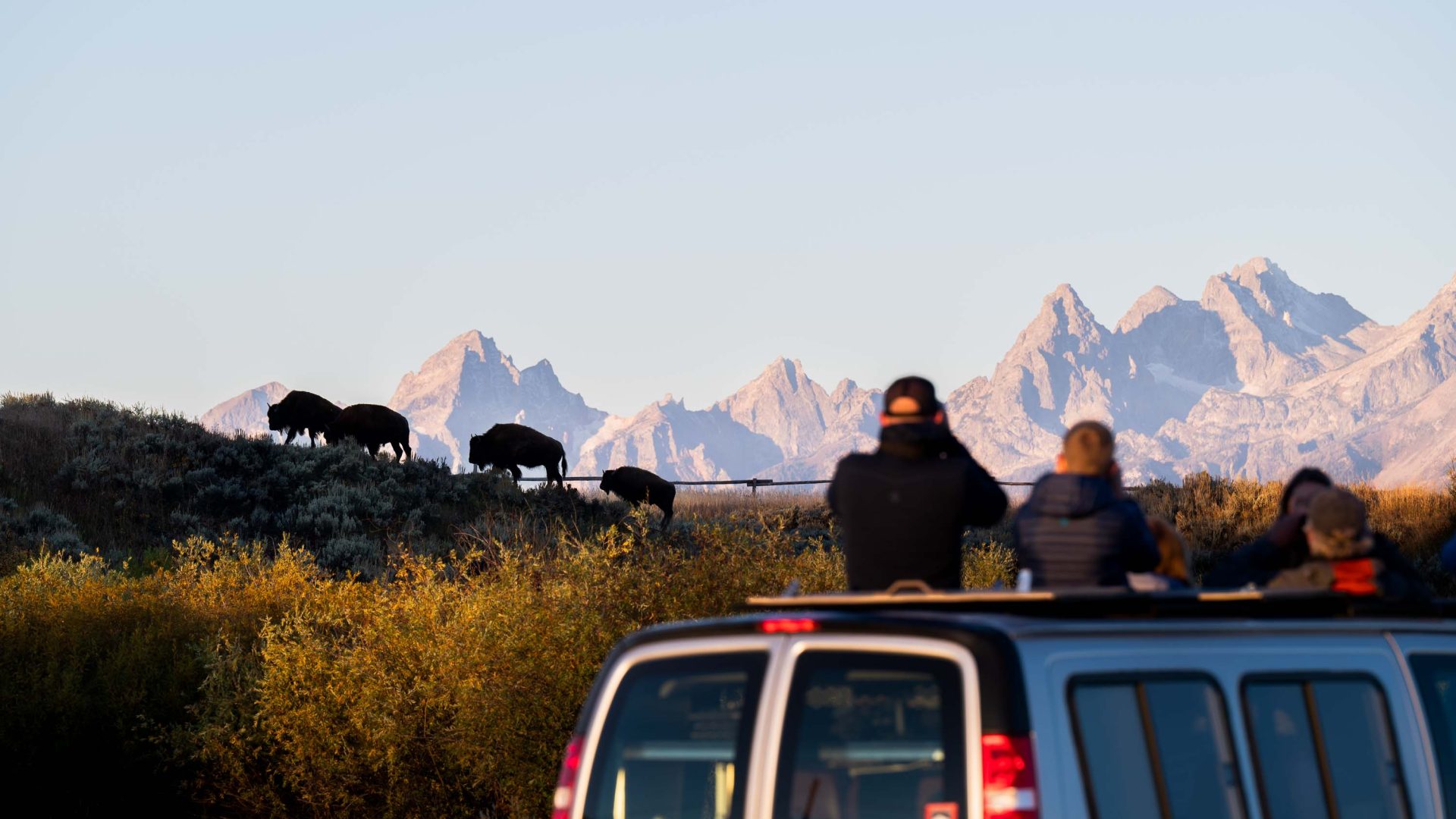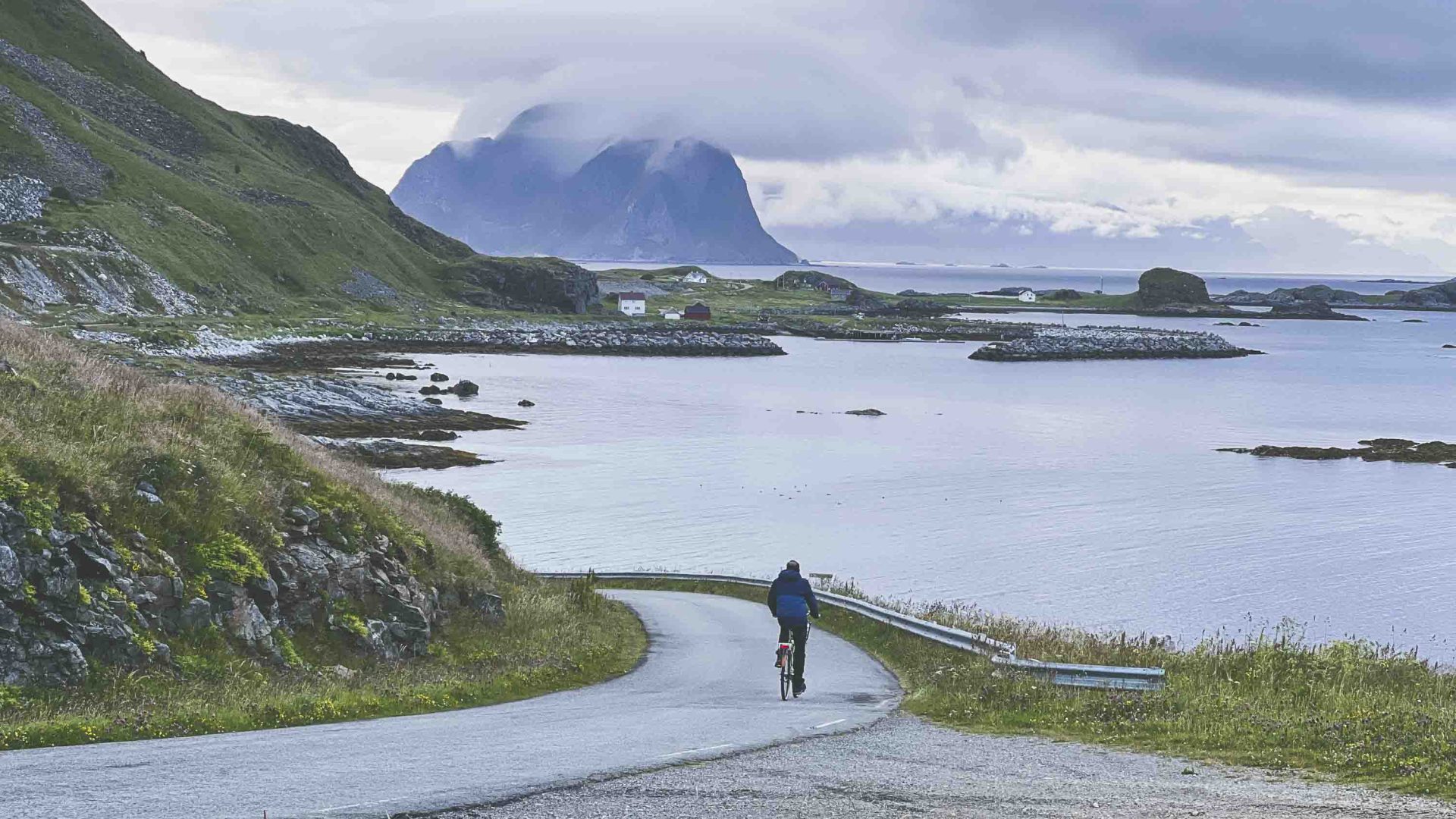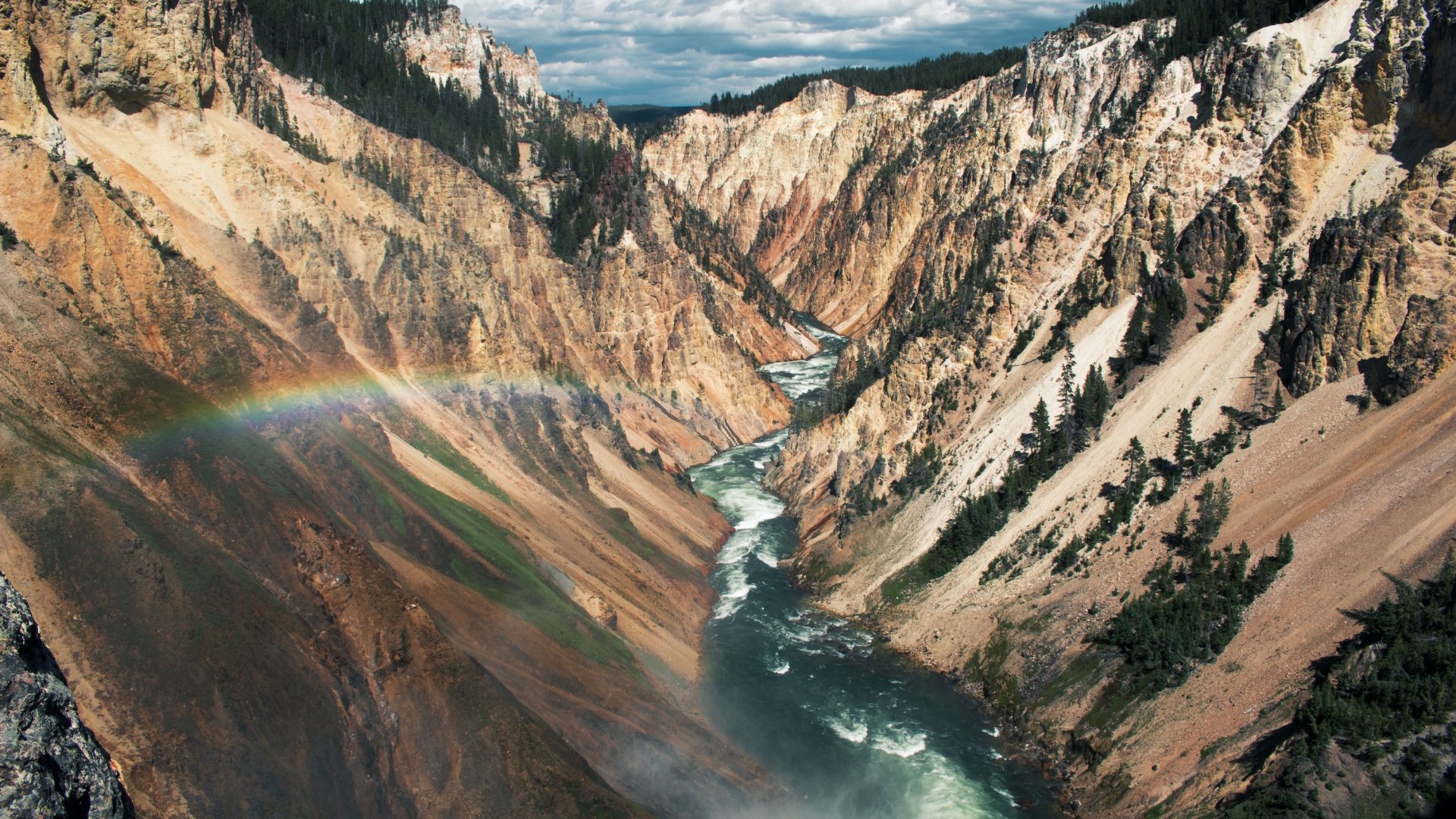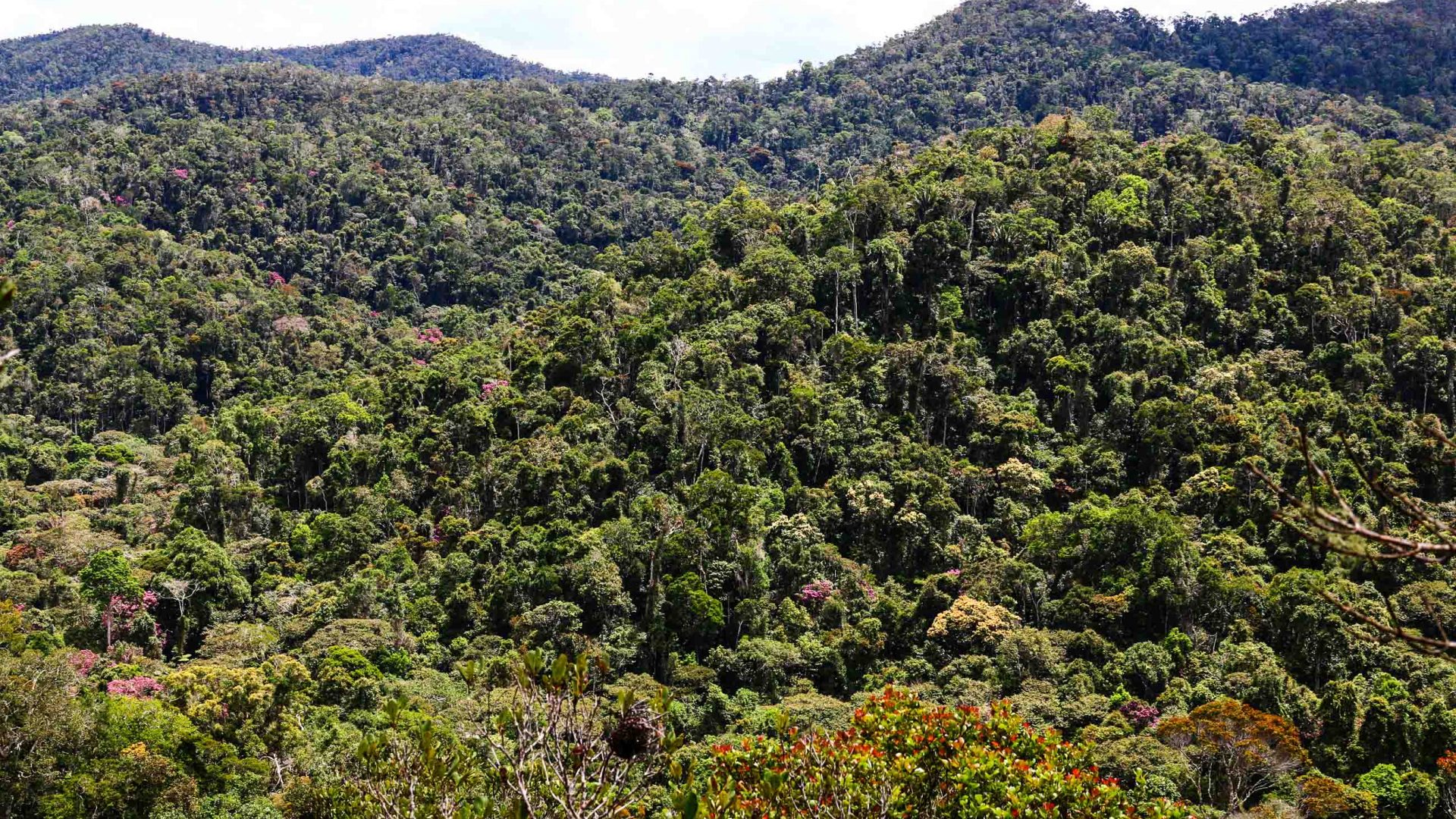As a travel writer, I’ve been privileged enough to experience some of Earth’s wildest wonders across the globe. But during the pandemic, when I began to photograph birds in my backyard in the hope of easing my anxious mind, I had no idea that one day I’d have the rare opportunity to travel on assignment halfway across the world and meet a hummingbird on the brink of extinction.
I distinctly remember that day on remote Robinson Crusoe Island, nearly 700 kilometers off the coast of Chile in South America. Here, fewer than 500 Juan Fernandez Firecrowns (named after the Juan Fernandez Archipelago) remain in the wild today. The sun had just risen above the Pacific Ocean, bathing everything in a soft orange light. But as clouds rolled in and gentle droplets of rain came down, I began to feel doubtful of my odds to spot the elusive bird I had been awaiting for hours—and indeed since my arrival.
But luck was on my side. A few minutes later, I caught the frantic fluttering of a spectacular, tiny, crimson-red bird, suspended in the air above the bright orange flowers of a cabbage tree. It was a male Juan Fernandez Firecrown, a hummingbird endemic to this island.
